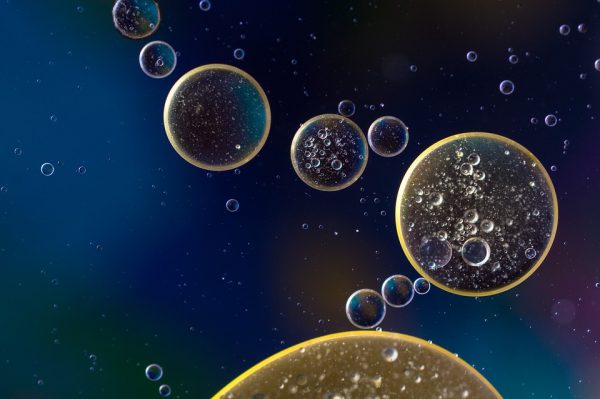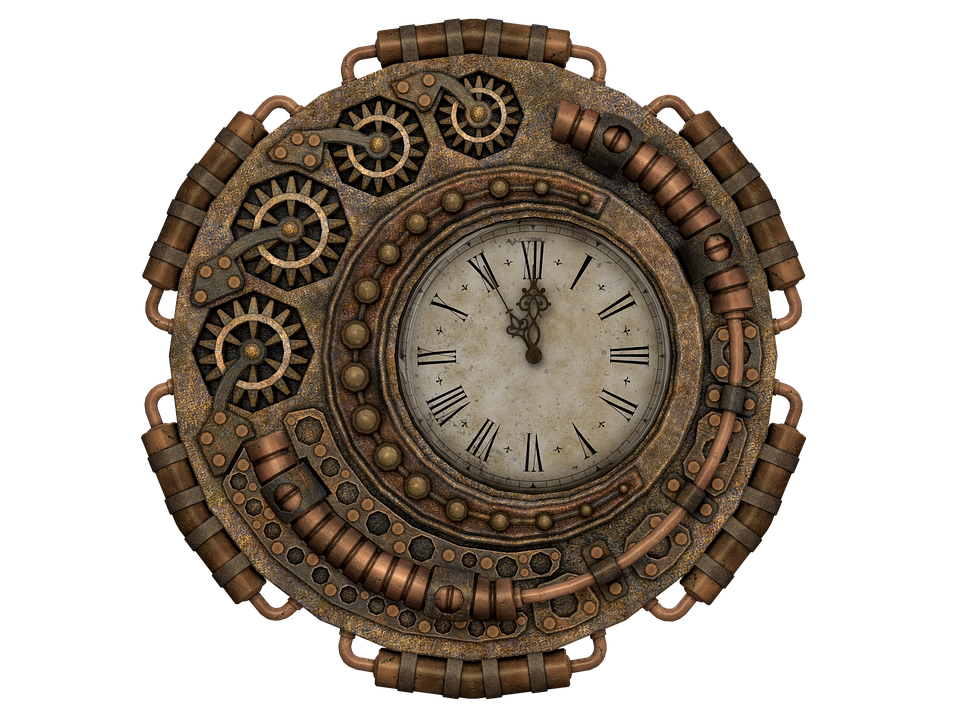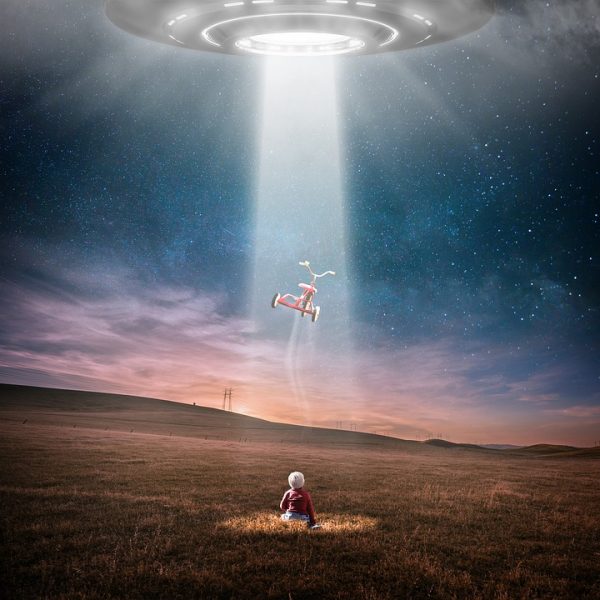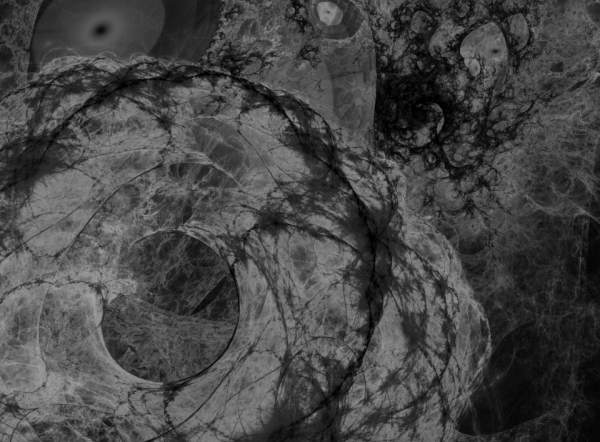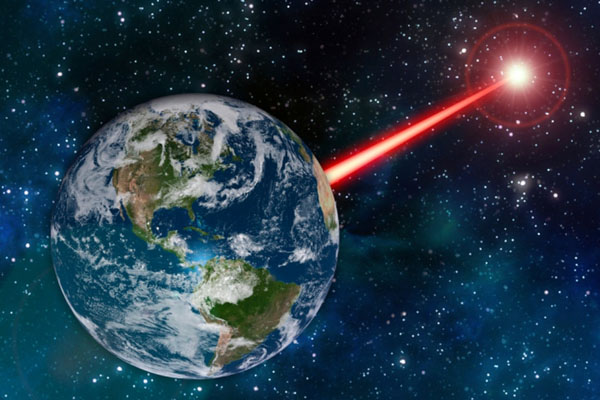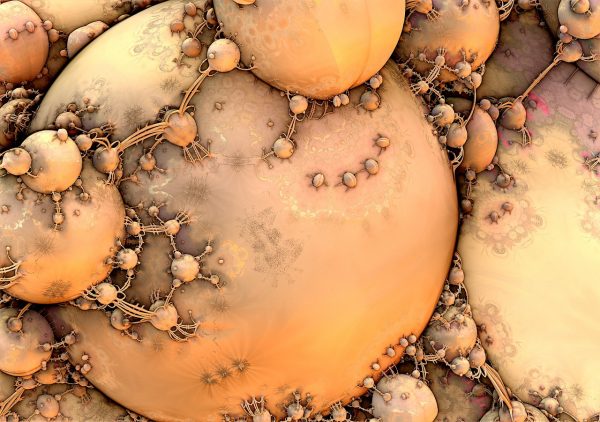First There Was Dark Matter. Now We Have Dark Fluid – Live Science
d It’s embarrassing, but astrophysicists are the first to admit it. Our best theoretical model can only explain 5 percent of the universe. The remaining 95 percent is famously made up almost entirely of invisible, unknown material dubbed dark energy and dark matter. So even though there are a billion trillion stars in the observable universe, they are actually extremely rare. The two mysterious dark substances can only be inferred from gravitational effects. Dark matter may be an invisible material, but it exerts a gravitational force on surrounding matter that we can measure. Dark energy is a repulsive force that … Read more



